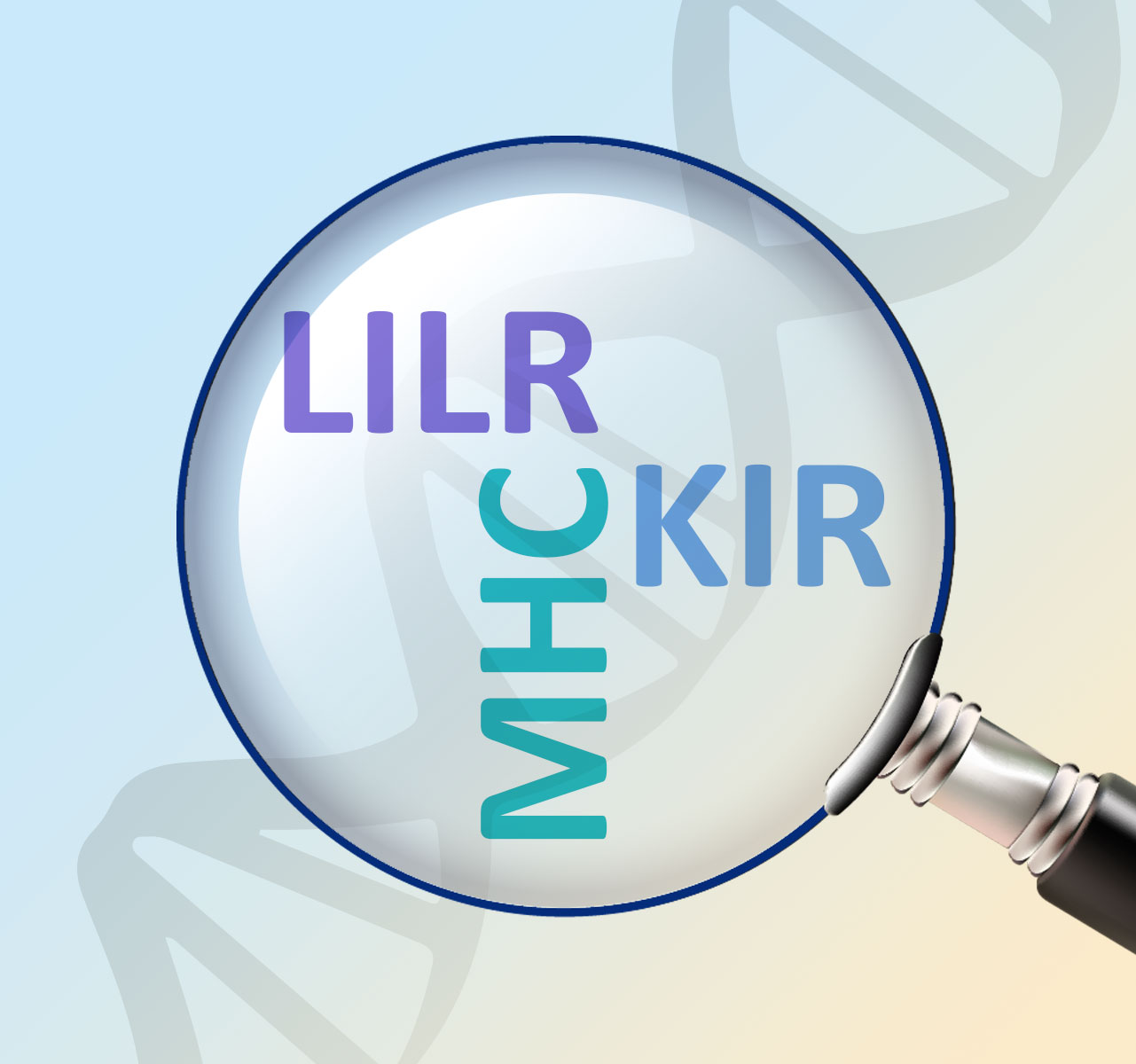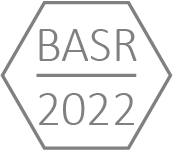Comparative Genetics & Refinement
The actions of the immune system are orchestrated by many different genes. The allelic variability of these genes can differ from individual to individual, and this genetic variation is called polymorphism. Polymorphisms explain why some people are susceptible for a certain disease while others may be resistant to development of the same disease. Hence, the diversity generated by genetic polymorphisms warrant unique responses and thus prevent the elimination of an entire population by one single pathogen.
The killer cell immunoglobulin-like receptor (KIR) and leucocyte immunoglobulin-like receptor (LILR) system, which are located in the leucocyte receptor complex (LRC), and the major histocompatibility complex (MHC), are examples of polymorphic immune gene systems. A successful immune response is multifactorial, and depends, for instance, on the cooperation between KIR and MHC. In general, MHC molecules are involved in the presentation of self and non-self peptides to the immune system and thereby facilitate the recognition of invading pathogens, whereas KIR and LILR molecules finetune and serve as correction mechanism (immune checkpoint) for pathogen evasion. KIR molecules are involved in the immune defence to viruses and cancer cells, while LILR molecules play a role as modulators of infection and immunity and are engaged in neural function.
Monkeys are genetically highly similar to humans. Understanding genetic polymorphisms in monkeys and their effect on the immune system, teaches us much about the functional immune defence in humans. This is particularly important in the development of a whole new generation of medicines, the so-called personalized medicines.
In the Comparative Genetics and Refinement department, we investigate MHC, KIR, and LILR gene diversity in different monkey and great ape species. For this, we use DNA-sequencing and other molecular techniques, like fragment analyses on short tandem repeats (STR). We not only study the DNA from animals from our own breeding colonies but also DNA samples from other institutions and zoos.
Applying genetics, with a particular focus on the MHC, KIR and LILR regions, for the refinement of animal models and as tool in conservation biology of non-human primate species

The peak of the COVID-19 pandemic seems to be behind us, but it showed our vulnerability and the widespread impact a pandemic can have on our modern society. To quell this specific pandemic and reopen society, the need for safe vaccines has been high. In that light, the pre-clinical research in monkeys played an important role in the fast development of the variety of COVID-19 vaccines, some of which came available already in 2021.
Worldwide also other infectious diseases like tuberculosis, malaria, flu, and HIV-1 threaten humankind, and demand adequate medical treatments, for instance in the form of new antibiotics and vaccines to prevent the millions of deaths each year caused by these type of infections.
At our institute, preclinical research contributes to the development of therapies and vaccines for a variety of human infectious diseases. In addition, research is applied on animal models of autoimmune diseases, like multiple sclerosis, and disorders that arise during human aging, such as Alzheimer’s and Parkinson’s disease.
As a genetics department, one of our research goals is the refinement of the different animal models that are subject of study in the institute. The MHC, KIR, and LILR systems encode for molecules that represent important components of the immune system and are known they show a considerable amount of polymorphism. As such, the knowledge that we gained on the diversity of these systems in our animal models is of importance to interpret disease outcome and may aid into translation of therapies and medicines to cure diseases in humans.
Long term studies on the characterization of MHC diversity in our cynomolgus macaque cohort and the characterization of KIR variability in the rhesus macaque population housed at our facilities were both recently finished. These insights can now, for instance, be applied in the selection of animals for specific preclinical studies.
- Dynamic evolution of MHC haplotypes in cynomolgus macaques of different geographic origins.
Read more > - Comparative genetics of KIR haplotype diversity in humans and rhesus macaques: the balancing act.
Read more >
The next generation sequencing technologies that more recently became available, commercialized by Pacific Biosciences and Oxford Nanopore Technologies sequencing platforms, have been successfully implemented in our protocols and have more or less taken over the good-old Sanger sequencing(1-2). These technologies not only speed up the research that we conduct on the multigene systems, but have also opened up new avenues of research that we can perform. For instance, whole genome sequencing is applied for the characterization of the entire MHC, KIR and LILR regions. In addition, the platforms allow RNA sequencing of full-length transcripts and enables the in-depth characterisation of other multigene systems to refine our animal models.
The MHC and KIR typing(1-5), mtDNA analysis(6), and parentage definition by STR analysis are assays we routinely apply to monitor the outbred status of BPRC’s breeding groups of rhesus and cynomolgus macaques. This toolkit is also applicable for conservation purposes of non-human primate species housed at other institutions and zoos. The expertise we have developed on ABO typing(7) in monkeys and apes, may provide essential information in case of a blood transfusion. This has resulted in a two-year collaboration with French veterinaries, typing several great-ape species animals, such as chimpanzees, but is also an assay that we occasionally use for the characterization of third-party macaque and baboon species.
References:
1. De Groot N.G. et al., Immunogenetics 2022, DOI: 10.1007/s00251-021-01249-y
2. Bruijnesteijn J. et al., Frontiers in Immunology 2021, DOI: 10.1007/s00251-022-01259-4
3. Bruijnesteijn J. et al., J. of Immunology 2020, DOI: 10.4049/jimmunol.1901140
4. Penedo M.C. et al., Immunogenetics 2005, DOI: 10.1007/s00251-005-0787-1
5. De Groot N. et al., Immunogenetics 2008, DOI: 10.1007/s00251-008-0333-z
6. Doxiadis G. et al., Immunogenetics 2010, DOI: 10.1007/s00251-010-0422-7
7. Doxiadis G. et al., Tissue antigens 1998, DOI: 10.1111/j.1399-0039.1998.tb02970.x
TO TOP ^ < BACK << HOME


